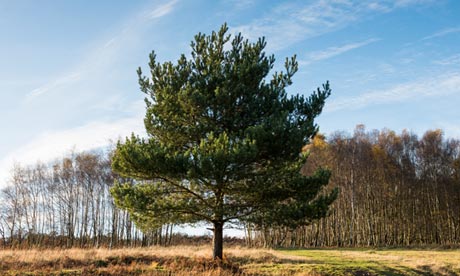
If you usually get hay fever and wonder why your eyes aren't itching yet – brace yourself. The cold weather has meant a late start for pollen and a delay for the hay fever season. But this week Professor Roy Kennedy of the National Pollen and Aerobiology Research Unit warned that the pollen burst will now happen in a condensed period and could produce the highest levels for decades.
The tree pollen season (a quarter of people with hay fever are affected by tree pollen) usually starts late-March to mid-May, while grass pollen (the cause of 95% of hay fever) kicks in from late May to July. Kennedy says the cold means that multiple tree pollens will be released at the same time sending levels soaring. So how do you get ready for the worst hay fever season in decades?
The solution
Stay calm. If you get hay fever each year (one in five of us do), then you should know not to wait for your nose to run or feel congested, eyes to redden and itch, or throat to burn before getting treatment. Hay fever is triggered by an allergic reaction to proteins in pollen and sufferers produce immunoglobulins – chemicals that make the thin membranes lining the eyes, nose, sinuses and upper throat swollen and inflamed.
First, you should avoid pollens – wear wraparound sunglasses, avoid going out in the early morning or late afternoon (that can obviously be tricky if you go out to work but if you drive, at least keep the windows closed) and change your clothes and shower when you get home to get the pollen off.
Over-the-counter remedies don't always work but often aren't taken properly: antihistamines need to be taken once a day for the duration of the season, and children can take them too. They work for sore eyes, sneezing and runny noses but don't do much for nasal congestion. Still, you should try them first – go for second-generation ones such as loratadine or cetirizine because they don't make you sleepy. Antihistamines can react with other drugs, so tell your pharmacist what you're taking. If you have a seriously bunged-up nose you may need a steroid nasal spray, which you will need to start squirting two weeks before you usually get symptoms as they take time to work. These sprays also relieve eye symptoms (but you can try sodium cromoglicate drops if they don't), and stop sneezing.
Sublingual immunotherapy is rarely on offer but large studies, including one last week, show it works. It desensitises people to the effects of pollen through giving them repeated tiny doses. It used to be available only as regular injections but can now be given as drops or tablets under the tongue. But it costs so much that few NHS practices offer it at the moment.

